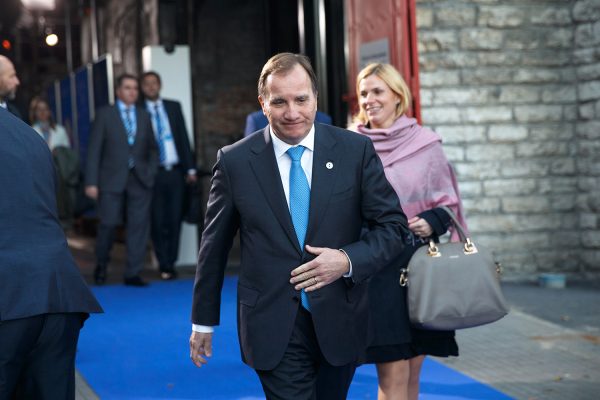
Two months after parliamentary elections, Sweden is still without a government. Neither the traditional left-wing bloc, led by outgoing prime minister Stefan Löfven’s Social Democrats, nor the center-right, led by Ulf Kristersson’s Moderate Party, has an outright majority, forcing the parties to explore other options.
I asked our man in Sweden, Johan Wahlström, to enlighten us on the situation.
Three options
Johan told me the outcome hinges on the decision of the Center Party and the Liberals, who have 51 out of 349 seats in the Riksdag.
They could either:
- Join a government with the Social Democrats and Greens;
- Join a government with their traditional allies on the right that is supported by the far-right Sweden Democrats; or
- Provide parliamentary support to a two-party government of the Moderates and Christian Democrats supported by Sweden Democrats.
The Social Democrats would obviously prefer option #1, as it is their only chance to stay in power. The Christian Democrats and less openly the Moderates favor option #2. The Sweden Democrats favor option #3.
The Center Party and Liberals have spent the last month chasing various other constellations, such as a center-right coalition with the Greens or some kind of deal with the Social Democrats, even including a grand coalition between the Social Democrats and the Moderates following the German model.
“Nobody else is interested in these options,” said Johan. “So things are a bit of a mess at the moment.”
Structural problem
Fundamentally, he argues the problem is more structural.
The Social Democrats have dominated Swedish politics for so long that the only real outcomes have been that either they win and they govern, or they lose and a right-wing coalition takes power.
The rise of the Sweden Democrats, who are now the third largest party with 62 seats, has broken that pattern.
The Swedish political elite lack the institutional memory of how to operate a multiparty democracy since everything has centered around the Social Democrats for so long.
So things are taking their time.
